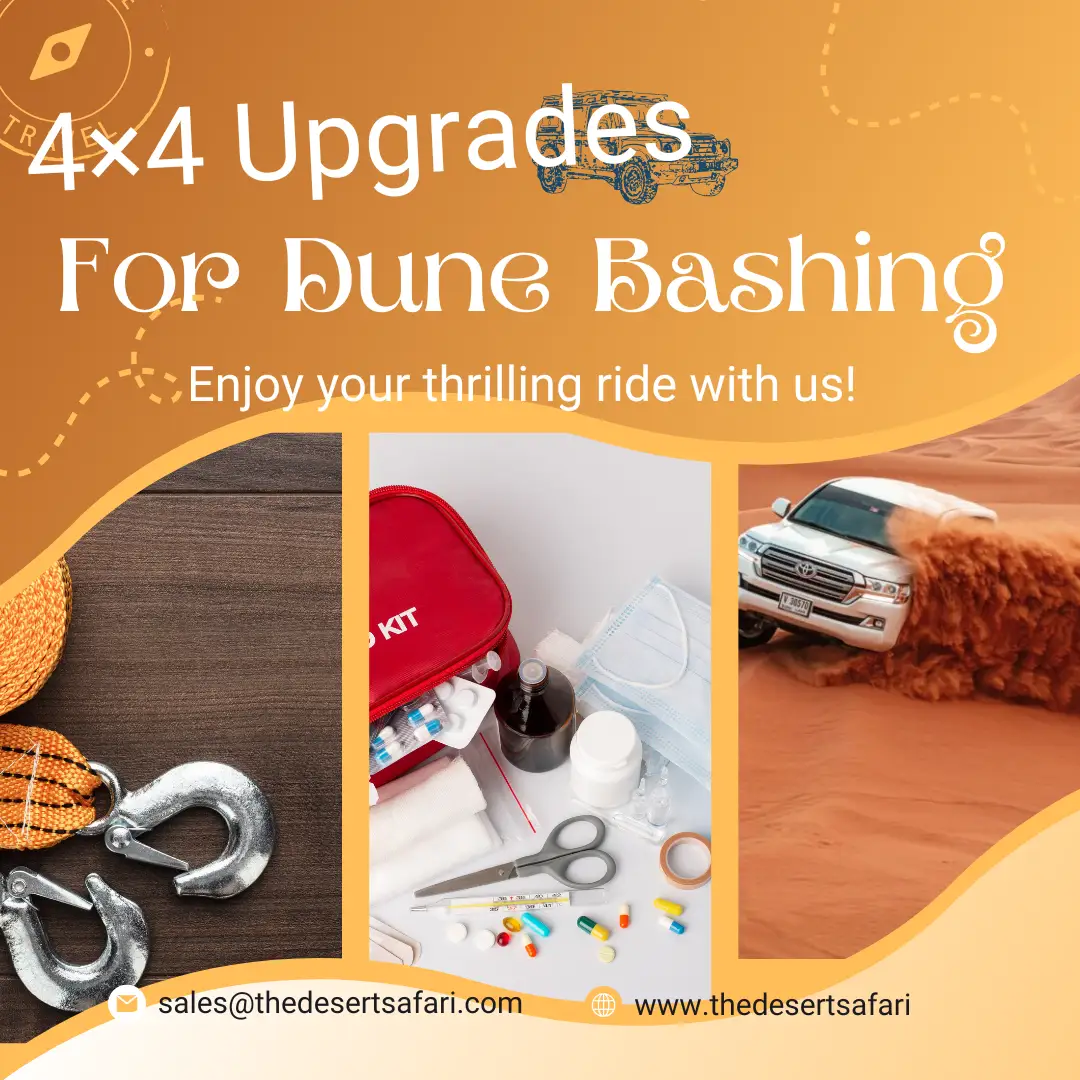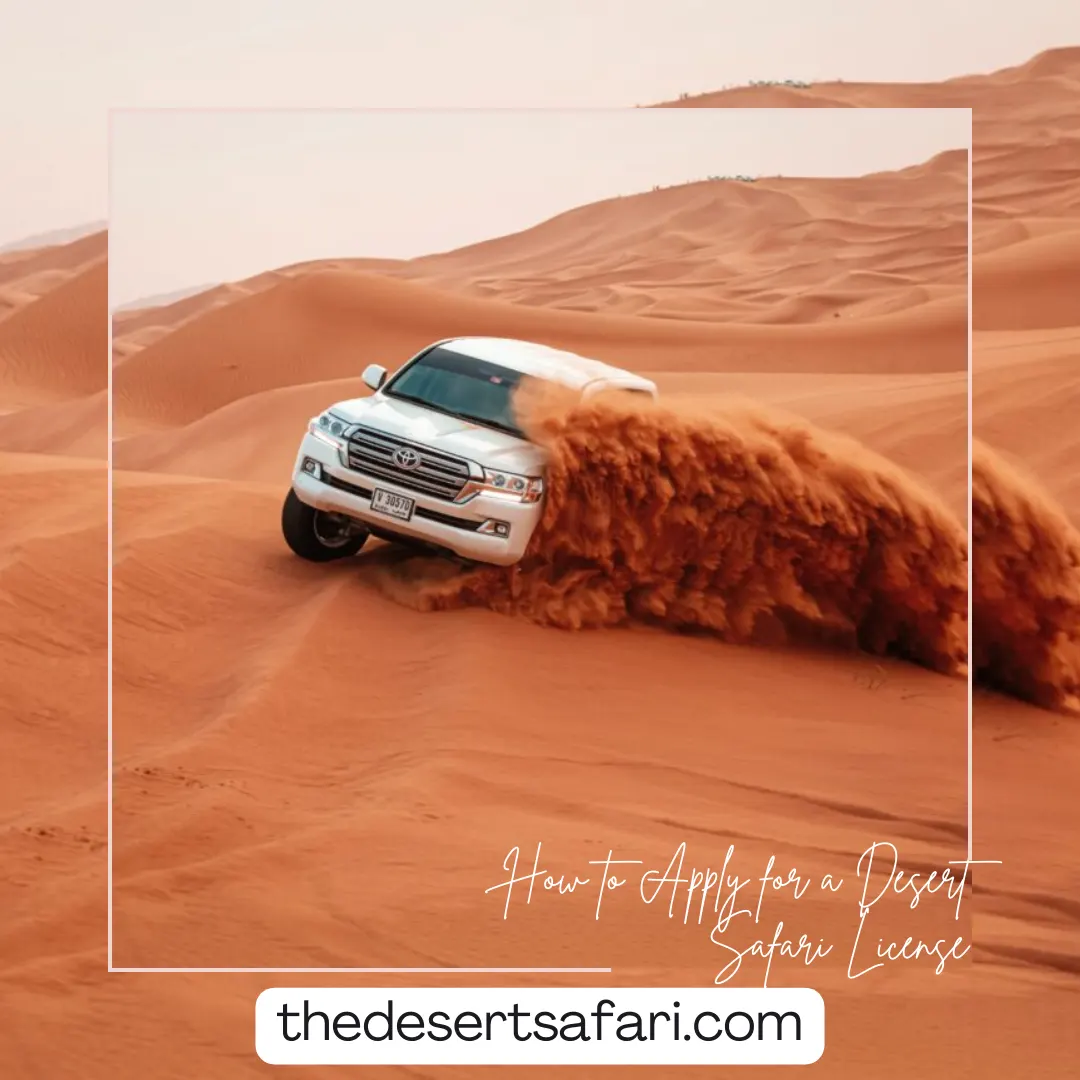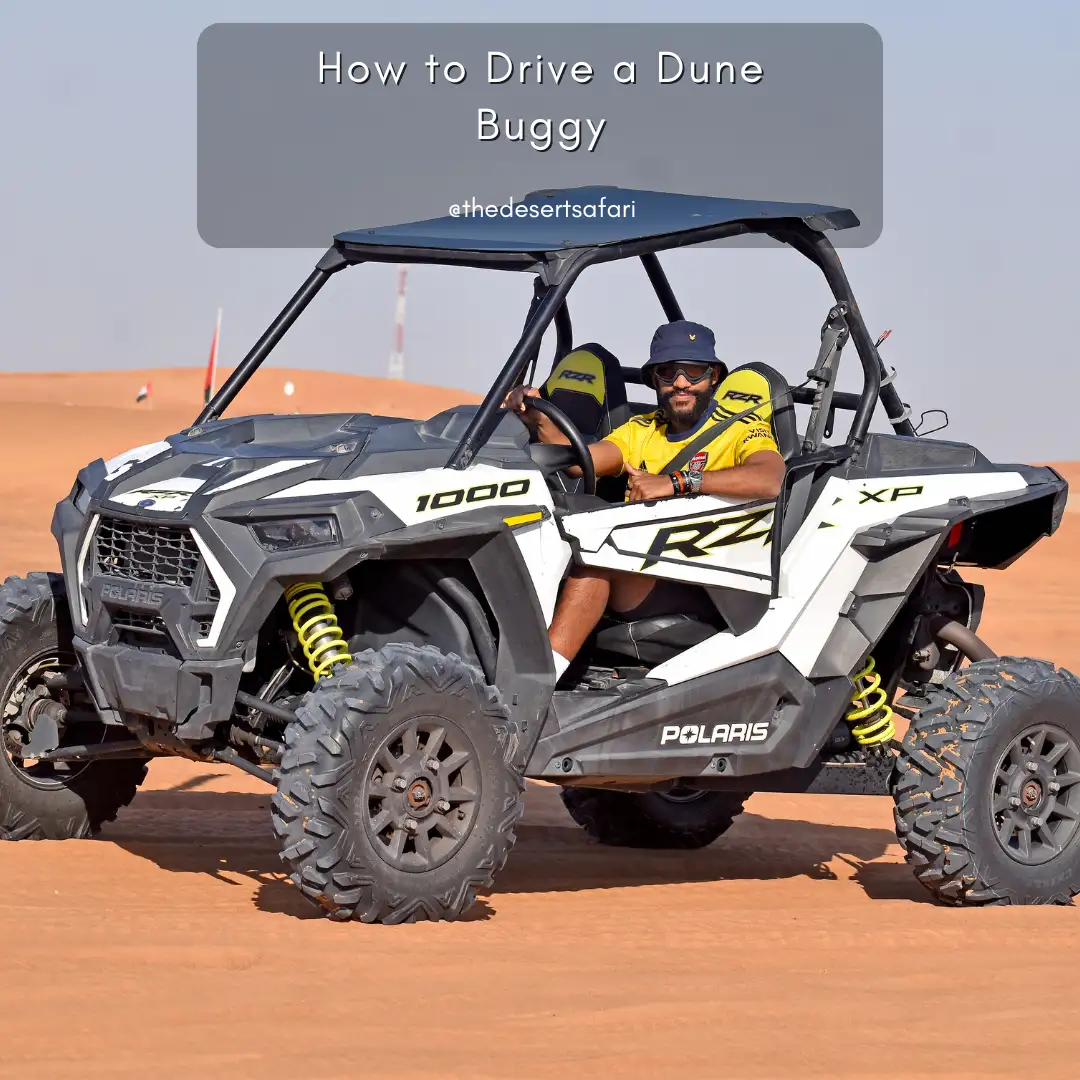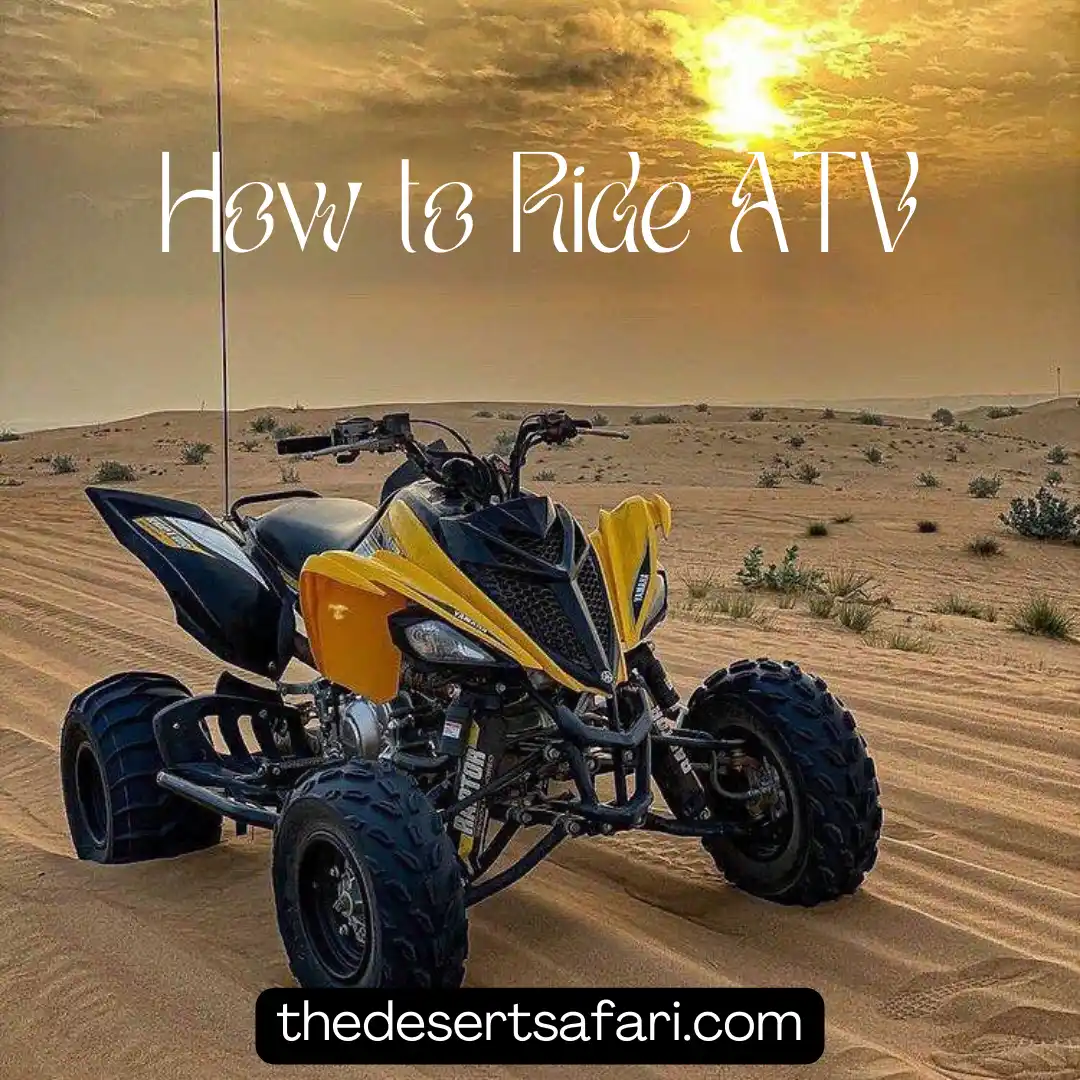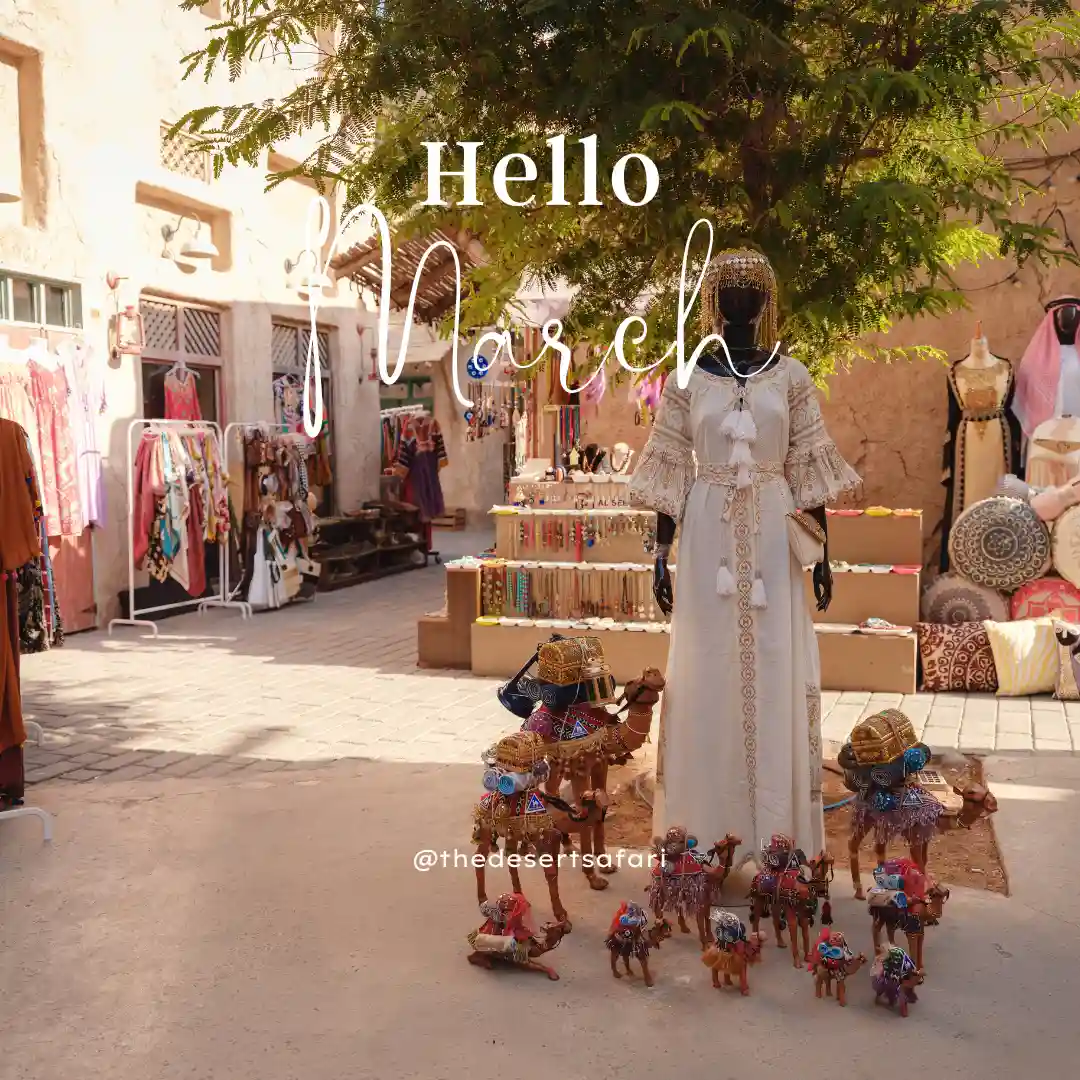Equipment Used For Sandboarding
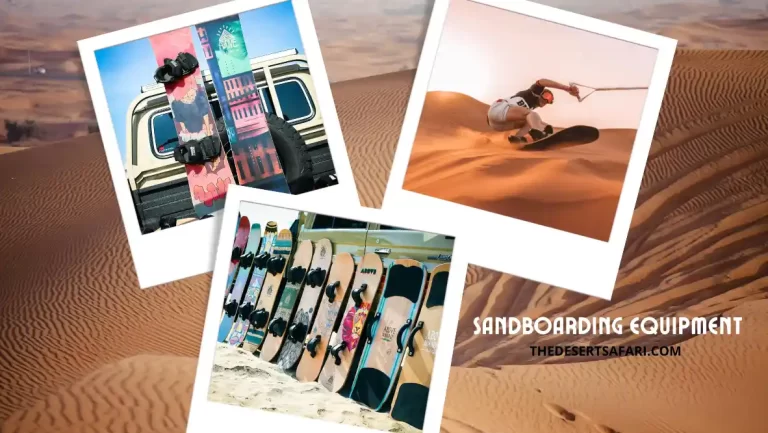
What is sandboarding?
Sandboarding is a lesser-known extreme sport that has recently gained popularity. It’s similar to snowboarding, but instead of snow, sand is used. Sandboarding can be done on any dune, whether artificial or natural. If you’re new to sandboarding, you might be wondering what kind of equipment you need to get started. Here’s a quick overview of the basic, sandboarding equipment:
First, you’ll need a sandboard. You can purchase one or rent one from a sandboarding outfitter. If you purchase one, make sure to get one that’s the right size for you. You don’t want a board that’s too big or too small.
Next, you’ll need wax. Wax helps you glide on the sand, and it also helps to protect your board from the abrasiveness of the sand. You can purchase wax specifically for sandboarding, or you can use a wax that’s designed for snowboarding or surfing.
Finally, you’ll need something to protect your eyes from the sun and the sand. Sunglasses or goggles will work. That’s all you need to get started sandboarding! With the right equipment, you’ll be shredding the sand in no time.
Types of sandboards for different sand conditions.
There are different types of sandboards for different sand conditions, and brands have begun to emerge as the sport grows in popularity.
Typically, sandboards are made of wood or plastic, and they come in various shapes and sizes.
1. Wooden Sandboards
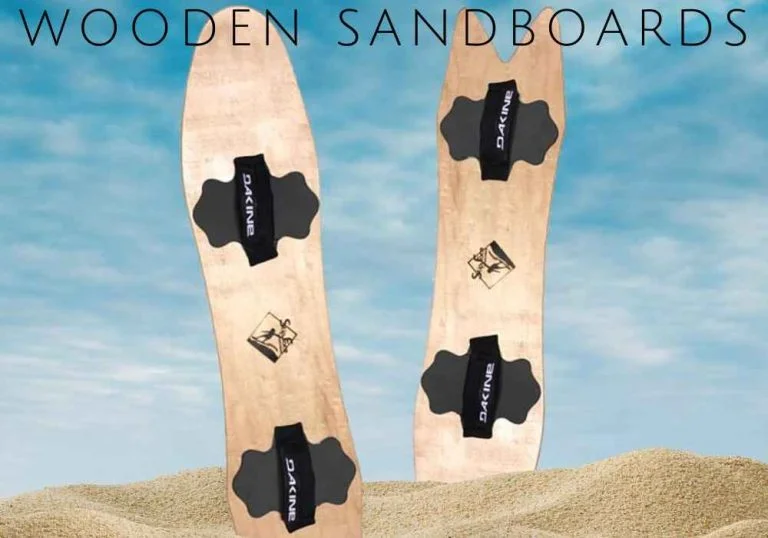
The most common type of sandboard is the wooden deck sandboard, which is made of multiple layers of laminated wood. Wooden sandboards are generally more expensive than plastic sandboards, but they offer a smoother ride and are more durable.
Wooden sandboards are popular among sand boarders due to their durability and versatility. They are made from solid wood, usually from hardwoods such as maple or ash, which gives them the strength to withstand the wear and tear of sandboarding.
One of the advantages of wooden sandboards is their versatility. They can be used on a variety of sand dunes, from steep and fast to gentle and rolling, and they can handle different types of sand, from fine to coarse. This versatility makes wooden sandboards a great option for riders who want to try sandboarding in different locations and conditions.
Another advantage of wooden sandboards is their ability to be customized. Many wooden sandboards come with a wooden base, allowing riders to sand and shape the board to their specifications. This customization can lead to a better ride as the board can be adapted to suit the rider’s style and preferences.
Wooden sandboards are also relatively easy to maintain. They can be waxed regularly to increase friction and prevent wear, and they can be repaired if they become damaged. This makes wooden sandboards a great option for riders who want to invest in a quality piece of equipment that will last for years.
2. Plastic Sandboards
Another type of sandboard is the plastic deck sandboard, which is made of a single layer of plastic. Plastic sandboards are less expensive than wooden sandboards.
Plastic sandboards are boards made of plastic material used for sandboarding. Unlike traditional wooden sandboards, plastic sandboards are lightweight, durable, and weather resistant, making them a popular choice for sand boarders.
They come in different shapes and sizes to suit different riding styles and skill levels, and some models feature specialized textures to improve traction on the sand. Plastic sandboards provide a fun and unique outdoor experience and are a great way to enjoy the dunes.
3. Hybrid Sandboards
Some sandboards are made of wood and plastic, called hybrid sandboards. Hybrid sandboards offer the best of both worlds, as they are more durable than plastic sandboards but not as expensive as wooden sandboards.
The size of the sandboard you need depends on your height and weight and the type of sand you will be riding on. If you are a beginner, it is generally recommended that you start with a smaller sandboard. As you become more experienced, you can move up to a larger sandboard.
Sandboarding Equipment
Sandboard itself is a crucial piece of equipment, there are several accessories that can enhance the sandboarding experience and ensure that riders have a safe and enjoyable time.
1. The Bindings
How to keep your feet on the sandboard. Sandboard bindings are used to keep your feet on the sandboard while you ride. There are two main types of bindings: strap-on binding and hard-shell binding.
The strap-on binding is the most common type, as it is easy to put on and take off. The hard-shell binding is less common, but it offers a more secure fit and is more durable. The best way to choose the right binding for you is to try different types and see which one feels the most comfortable.
2. The Leash
A sandboard leash is used to keep your sandboard from getting away from you while you ride. There are two main types of leashes: the handle leash and the waist leash.
The handle leash is the most common type of leash, as it is easy to put on and take off. The waist leash is less common, but it offers a more secure fit and is more durable. The best way to choose the right leash for you is to try different types and see which one feels the most comfortable.
3. Wax: Make your board go faster
There are two types of wax that you can use on your sandboard; cold-weather wax and all-purpose wax. Cold weather wax is best used in temperatures below 50 degrees Fahrenheit, while all-purpose wax can be used in any temperature. You can purchase these waxes at most sporting goods stores.
To apply the wax, rub it on the bottom of your sandboard in a circular motion. Be sure to cover the entire bottom of the board, so it goes faster. You can also wax the top of your board to make it easier to slide on your stomach.
4. Protective Gear
Sandboarding can be an extreme sport, and it is important for riders to protect themselves from injury. Common protective gear includes helmets, knee pads, elbow pads, and wrist guards.
5. Board Bags
A board bag is a protective case for storing and transporting a sandboard. It helps to protect the board from damage and also makes it easier to carry the board to and from the sand dune.
6. Sandboard Racks
A sandboard rack is a device used to secure the sandboard to the roof of a vehicle. This makes it easier to transport the board to the sand dune and keeps it safe while driving.
Sand Conditions: Where to find the best sand for sandboarding.
The best sand for sandboarding is found in dry desert conditions. The sand should be fine and powdery, with a consistency similar to that of powdered sugar. It should also be free of rocks and other debris.
Safety Considerations: Don't get hurt out there!
Sandboarding is a relatively safe sport, although there are a few things that you need to keep in mind to help you stay safe.
- First, make sure that you choose a safe sandboarding location. There should be no cliffs or other objects you could hit if you fell.
- Second, always wear protective gear. This includes a helmet, elbow and knee pads, and gloves.
- Third, go with a friend. It’s always more fun to sandboard with someone else, and it’s also safer.
- Finally, take it easy at first. Don’t try crazy tricks until you’re comfortable with the basics of sand boarding.
Conclusion: Ready to hit the sand?
In conclusion, to start sandboarding, you will need a few things. Most importantly, you need a sandboard! You can either purchase one, rent one from a sandboarding outfitter or book any desert safari tour to enjoy sandboarding. Secondly, you will need wax to make the bottom of your sandboard slick so you can ride down the dunes. Lastly, although not required, it is recommended that beginners wear gloves and kneepads to protect themselves while they are learning.






